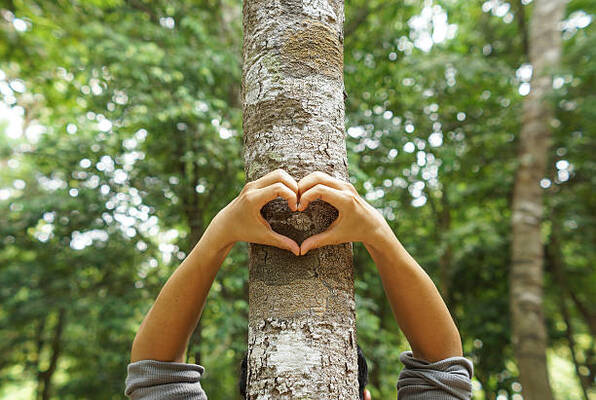- 1-905-452-8193
- Contact Us
- Member Login
- Get Listed Today
- 220,911 members

Shrubs are one of the most important aspects of any property, based on data from tree lopping Sydney experts. They are not only aesthetically pleasing but also provide many practical benefits. Trees can help to reduce the temperature in your living space, increase the value of your property, and reduce air pollution levels.
The cooling effect provided by trees is particularly helpful during summer months when temperatures skyrocket. The shade provided by trees helps to keep homes cooler than those without them. This translates into lower energy bills since less air conditioning is required. In addition, trees act as a windbreak which reduces the amount of dust and debris that gets blown around in strong winds.
Having trees on your property can add significant value to it too. Well-maintained trees can create a pleasant, inviting atmosphere that buyers find attractive. They also provide a sense of privacy and security which can make potential buyers feel more comfortable about purchasing your property.
Last but not least, trees act as natural air purifiers by taking in carbon dioxide and releasing oxygen into the atmosphere. This helps to reduce air pollution levels and improve the overall quality of air in Sydney.
All these benefits demonstrate how important it is to have trees on your property. Regular maintenance is required to keep them healthy, however, this effort will be worth it in the long run. Trees are living investments that will add beauty and value to your home while providing practical benefits like improved air quality and cooling effects. So if you’re looking to make your home even more attractive, a few trees are worth considering.
Trees are essential for our environment - they provide us with oxygen, clean the air, and offer shade. Unfortunately, damaged trees can become a hazard if left untreated. Fortunately, there are steps you can take to save a damaged tree and help it thrive again.
Here are some ways you can save a damaged tree.
Identify the Problem
Before you can attempt to repair the damage done to your tree, you must identify what caused it in the first place. Common causes of damage include storms, lightning strikes, animal activity and root rot. By understanding the cause of damage, you'll be better equipped to address it effectively.
Remove Dead Wood
If any branches have already died, it's a good idea to prune them off. This will help the tree to focus its energy on growing new branches and leaves. Be sure to use sharp pruning shears when cutting away dead wood.
Check for Disease
Look for signs of a fungal infection or other diseases that could be affecting your tree. If you do notice signs of disease, contact an arborist as soon as possible for professional advice about how to treat it.
Fertilize Your Tree
Make sure your soil is rich in nutrients by applying fertilizer every couple of months during the growing season (spring and summer). This will provide your tree with the necessary resources it needs to heal itself and recover from damage.
Water Regularly
For your tree to survive, it needs a consistent supply of water. Make sure you're providing your tree with at least an inch of water every week. If you live in an area that's been experiencing a drought, give your tree an extra boost of water whenever possible.
Protect Roots From Damage
Pay attention to the roots of your tree and make sure they're not being damaged by construction or vehicle traffic in the area. If necessary, use fencing or barriers to protect them from further damage.
Monitor Insects
Keep an eye out for insects that may be damaging your trees, such as bark beetles or aphids. Treat any infestations as soon as possible with an insecticide or by employing natural methods, such as introducing beneficial insects to the area.
Take Preventative Measures
You can help prevent damage in the future by properly staking your tree and providing it with protection from storms and wind. Also, be sure to regularly check for signs of disease before they get out of hand.
Get Professional Help
If you're unsure about what steps to take to save a damaged tree, don't hesitate to contact a professional arborist who can offer you the advice and assistance you need.
By following these useful tips, you'll have a good chance of saving a damaged tree and helping it thrive again! Just remember that the process may take some time, so be patient and keep up with your tree's needs for the best results.
If you have questions or need more information about the topic in this article, please get in touch with a reputable service provider to receive professional advice.
